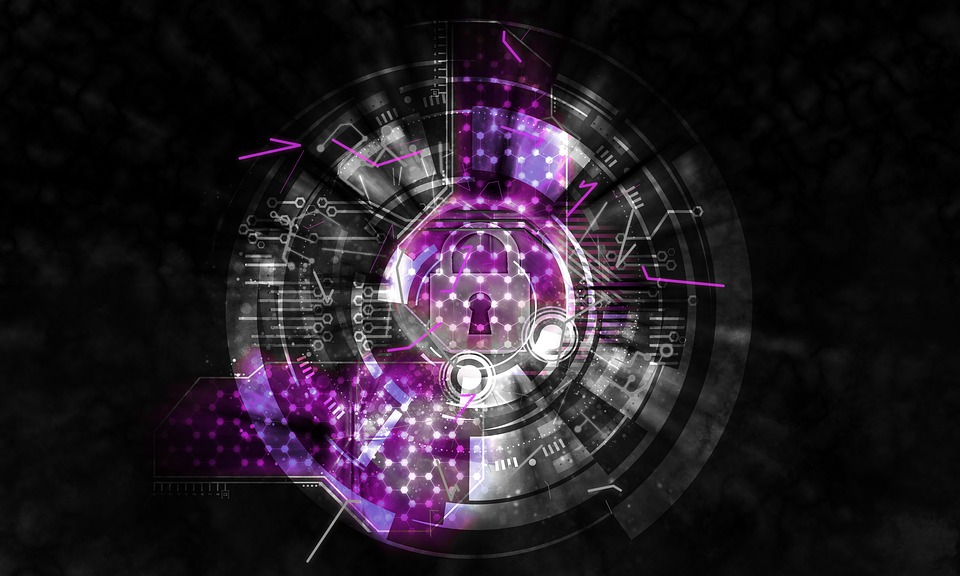
The cybersecurity industry has been subject to constant evolution and development. Cyber-attacks have gathered strength across businesses worldwide, especially in the wake of the COVID-19 pandemic. In this age of the “cyber-pandemic”, it has become imperative for industries and individuals alike to familiarize themselves with the changing landscape to progress further. Let’s take a glimpse into what the future holds for cybersecurity:
Integration of Artificial Intelligence (AI) and Machine Learning (ML)
As we actively move towards a more automated and efficient mode of life, AI and ML have become essential parts of all industries. And when it comes to cybersecurity, these technologies possess the potential to address major concerns such as processing massive amounts of data, enhancing cyber threat detection and response times. The ultimate goal lies in utilizing them in developing new solutions that address the rising vulnerabilities and concerns.
Implementing Automation in Cybersecurity
We have talked about how AI and ML are being utilized to develop cyber-threat intelligence tools, but leveraging these tools along with automating incident responses has become increasingly popular. The growing amount of threats and cyber-attacks have highlighted the need to enable better threat data correlation along with faster threat detection and prevention, all of which can be achieved through automation.
Growth of IoT
Houses today utilize various IoT devices that make life easier for the common man. Combined with the mission to create and establish smart cities shortly, it is only fair that the internet has become vital for our everyday needs. But, when such devices require constant connectivity to the internet, it opens up and increases the risk of being hacked. Hence, there exists a dire need for the development and continued maintenance of security measures in such devices. This is where the ever-expanding market of cybersecurity can come into play.
Transitioning to Collaborative Cybersecurity Systems
The sheer number of cybersecurity tools and services available now is indicative of the breadth of issues and topics that the field as a whole encompasses. No single tool can address all issues, so the next logical step is to have various services collaborate to have the greatest impact. The more collaborative cyber risk exchanges become, the better the analysis and solution of such risks become.
Addressing the Growing Skills Gap Through Education
Implementing strong defenses against cyber-attacks requires parties to have access to a skilled, experienced cybersecurity workforce. With the continuous growth in cybercrime and the high costs incurred by such security breaches, a need for better education and training services in this field is significant. Over the last few years, we have seen a growth in the number of people taking various courses on cybersecurity to become a master of cyber security online. It has been predicted that this trend is only bound to stay, which shall hopefully lead to the rise of more skilled professionals.
With cybersecurity being a constantly evolving field, it’s hard to take a clear look at the calendar and make predictions about what the future will hold, but we can gauge what needs to be addressed and work towards doing so.
